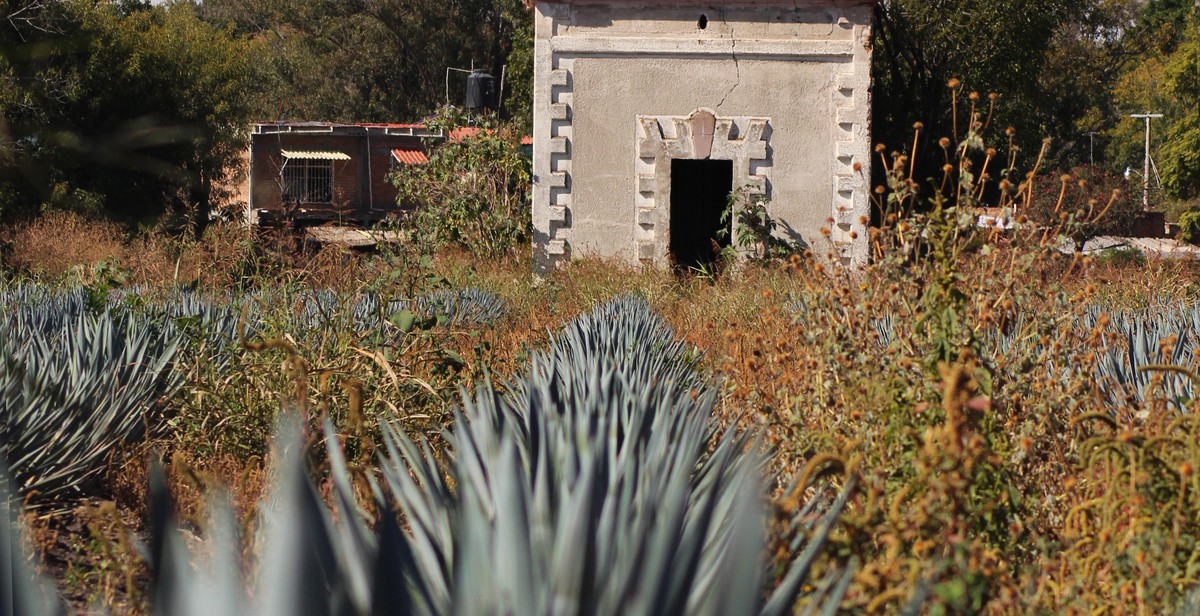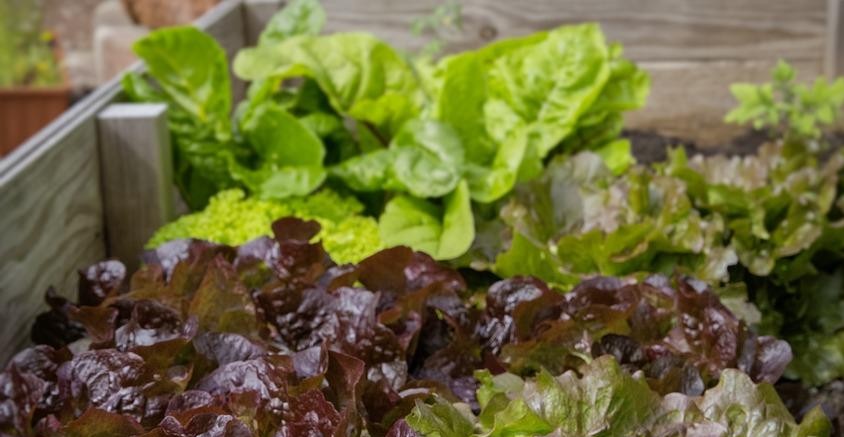How to Build a Raised Garden Bed for Your Plants
If you are an avid gardener or just starting out, you may have heard of or considered building a raised garden bed. Raised garden beds are becoming increasingly popular, and for good reason. Not only do they provide a more organized and aesthetically pleasing way to grow your plants, but they also offer several benefits to both the plants and the gardener. In this article, we will explore why you should consider building a raised garden bed and the benefits that come with it.
Why Build a Raised Garden Bed?
Firstly, raised garden beds are a great option for those who have limited space or poor soil quality. By building a raised garden bed, you create a contained area where you can control the soil quality and nutrients that your plants receive. Additionally, raised garden beds can be built at a height that is comfortable for you to work on, reducing the strain on your back and knees.
Benefits of Raised Garden Beds
There are several benefits to building a raised garden bed, including:
- Improved soil quality and drainage
- Better pest control
- Longer growing season
- Easy access and maintenance
- Higher yields
By building a raised garden bed, you can create an optimal growing environment for your plants, leading to healthier and more productive yields. So, whether you are a seasoned gardener or just starting out, building a raised garden bed is a great option to consider.

Materials Needed
Wood
One of the main materials needed to build a raised garden bed is wood. You will need to select high-quality wood that is resistant to rotting and decay. Cedar and redwood are excellent choices for this project as they are naturally resistant to rot and insects. You will need the following:
- Four pieces of 2×12 cedar or redwood boards (length and width will depend on the size of your raised garden bed)
- Screws or nails to secure the boards together
- Optional: corner brackets to reinforce the corners of the raised garden bed
Soil
The soil is the foundation of your raised garden bed. You will need to choose a high-quality soil that is rich in nutrients and has good drainage. You can either purchase soil from a garden center or create your own. Here are the materials you will need:
- Topsoil
- Compost
- Peat moss
- Perlite or vermiculite (optional)
Use the following ratios to create your own soil mix:
| Material | Ratio |
|---|---|
| Topsoil | 60% |
| Compost | 30% |
| Peat moss | 10% |
| Perlite or vermiculite (optional) | 10% |
Tools
You will need a few basic tools to build your raised garden bed. Here are the tools you will need:
- Measuring tape
- Saw (circular or hand saw)
- Drill or hammer
- Screws or nails
- Level
- Shovel or garden fork
With these materials and tools, you are ready to start building your own raised garden bed and grow your own plants and vegetables.

Building Your Raised Garden Bed
Building your raised garden bed can be a fun and rewarding experience that will provide you with fresh produce for years to come. To get started, follow these simple steps:
Step 1: Choosing the Location
The first step in building your raised garden bed is to choose the perfect location. Look for an area that receives at least 6 hours of sunlight per day and has good drainage. Avoid areas with low spots that tend to collect water as this can lead to root rot in your plants.
Step 2: Measuring and Cutting the Wood
Once you have chosen your location, it’s time to measure and cut the wood for your garden bed. You will need four pieces of wood for each side of the bed. The size of the bed will depend on your preference, but a common size is 4 feet by 8 feet. Use a saw to cut the wood to the desired length.
Step 3: Assembling the Bed
Assemble the bed by joining the four pieces of wood at the corners. Use screws or nails to secure the wood together. Be sure to check that the bed is level before filling it with soil.
Step 4: Filling the Bed with Soil
Now that your raised garden bed is assembled, it’s time to fill it with soil. Use a high-quality soil mix that is rich in organic matter and nutrients. Fill the bed to the top, leaving a small gap at the top to allow for watering and settling. Water the soil thoroughly before planting your seeds or seedlings.
By following these simple steps, you can easily build your own raised garden bed and start growing your own fresh produce. Happy gardening!
Planting in Your Raised Garden Bed
Once you have built your raised garden bed, the next step is to decide what to plant. Here are some tips to help you choose:
Choosing What to Plant
- Consider the climate in your area and choose plants that are suitable for your region.
- Think about the amount of sunlight your garden bed will receive and choose plants accordingly.
- Choose plants that have similar water and soil requirements to make maintenance easier.
- Consider the size of your garden bed and choose plants that will fit comfortably without overcrowding.
- Choose plants that you and your family enjoy eating or that have attractive flowers.
Once you have decided what to plant, it’s time to start the planting process.
Planting
- Prepare the soil by removing any weeds and adding compost or other organic matter to improve the soil quality.
- Make sure the soil is moist before planting.
- Plant your seeds or seedlings according to the instructions on the packet or label.
- Space your plants according to their recommended distance to avoid overcrowding.
- Water your plants immediately after planting.
After planting, it’s crucial to maintain your garden bed to ensure healthy growth and a successful harvest.
Watering and Maintenance
- Water your plants regularly, especially during hot and dry weather.
- Monitor your plants for pests and diseases and take action immediately to prevent them from spreading.
- Remove any weeds that appear in your garden bed as soon as possible to prevent competition for nutrients and water.
- Fertilize your plants with a balanced fertilizer according to the instructions on the package.
- Harvest your plants when they are ready to ensure the best flavor and quality.
By following these tips, you can create a thriving garden in your raised garden bed and enjoy the fruits (and vegetables) of your labor.

Conclusion
Building a raised garden bed is a great way to improve your gardening experience and increase the yield of your plants. With the right materials and tools, you can easily construct a raised garden bed in a few hours. Remember to choose the right location, size, and soil mix for your plants to thrive.
Benefits of a Raised Garden Bed
- Improved drainage
- Better soil quality
- Reduced weed growth
- Higher yield of plants
- Less strain on your back and knees
Final Thoughts
Whether you are a beginner or an experienced gardener, building a raised garden bed is a fun and rewarding project. It allows you to grow your own fresh produce and beautify your outdoor space. With the tips and steps outlined in this article, you can confidently create a raised garden bed that will provide you with a bountiful harvest for years to come.
| Key Takeaways: |
| 1. Choose the right location and size for your raised garden bed. |
| 2. Use high-quality materials and tools for construction. |
| 3. Use a soil mix that is suitable for your plants. |
| 4. Enjoy the benefits of a raised garden bed, including improved drainage, better soil quality, and higher yield of plants. |
